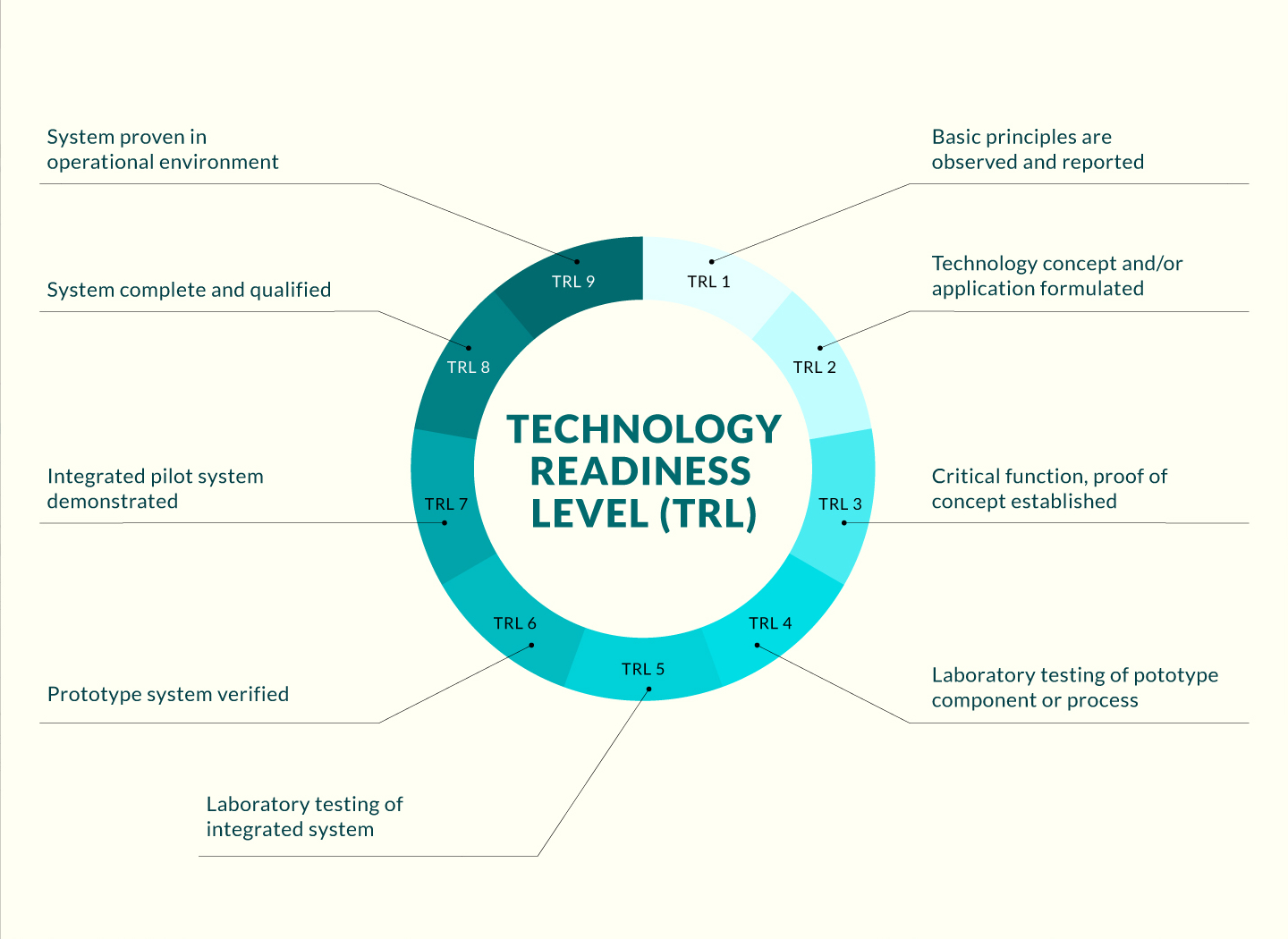
Opportunity
Traumatic brain injury (TBI) and ischemic stroke are the major causes of mortality, and the survivors often have irreversible sensory, motor and cognitive function deficits.
There are more than 50 million people suffering from TBI at different severity per year in the globe. TBI remained as a leading cause of mortality and morbidity at all age groups in every country. More than US$400 billions has been spent annually for treatment, hospitalization and rehabilitation for patients with TBI. More importantly, the irreversible motor deficits in moderate or severe TBI patients reflected that they lost their ability to work and even self-care after the incidence of TBI. This creates a high financial burden to the patients, their families and the community. Currently, there is no effective treatment for TBI to restore the motor functions. Here we reported that low-dose X-ray irradiation completely reversed the motor deficits in mouse models of TBI and ischemic stroke, respectively. Our results demonstrated a high therapeutic potential of low dose X-ray irradiation for patients with TBI and ischemic stroke. We believe that our invention will be of great interest to those patients in a hope for a better life to fully or partially regain their motor function after injuries.
Technology
The invention is to provide the therapeutic potential of whole-body low dose X-ray irradiation in promoting motor functional recovery after TBI and stroke.
Using mice as the subject, immediately after TBI or stroke induction, the mice received an acute single exposure to low dose X-ray irradiation. After TBI, we observed a marked increase in microglia density, and reduced deposition of a growth inhibitory extracellular matrix chondroitin sulfate proteoglycans in low dose X-ray-irradiated mice at 6 hours and 7 days post-injury.
The wound area was also significantly reduced in low dose X-ray-irradiated mice 7 days after TBI. Similar beneficial effects were observed in low dose X-ray-irradiated mice after stroke. More strikingly, low dose X-ray-irradiated mice showed marked improvement in motor function as demonstrated by narrow beam walking, pole climbing and grip strength tests after TBI and stroke.
While sham-irradiated mice showed irreversible motor functional deficits after stroke, low-dose X-ray irradiation recovered brain activity measured by electroencephalogram, induced axonal sprouting and facilitated brain rewiring after stroke. We therefore believe that low dose X-ray irradiation exhibits strong therapeutic potential for treating TBI and stoke.
Advantages
- Potential effective treatment
- Easy setup in normal hospital facility
- Potential use with portable hand-held X-ray irradiator as immediate lifesaving measures
Applications
- Traumatic Brain Injury
- Stroke
- Parkinson’s disease and Alzheimer’s disease



